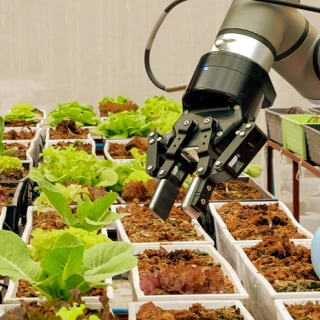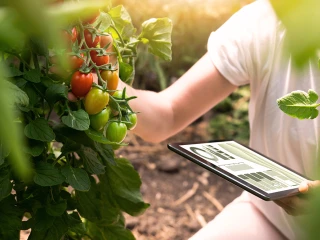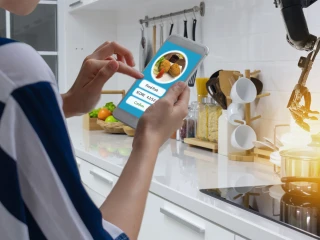
3 consumer trends that will drastically change the food industry
- finance
- food
- SAP
- artificial intelligence & RPA
Scientists have been arguing for a worldwide transition to a healthy and sustainable food system for some time. For many people, the start of the year is the time to radically start doing things differently: what trends stimulate a sustainable food system?
The trend of ‘less or more’ is continuing in 2019. Consumers are eating less and less meat and more and more vegetable and meat substitutes. Products with less salt, E-numbers and sugars are winning over the unhealthy alternatives. In addition, the packaging of these products is also a hot topic.

